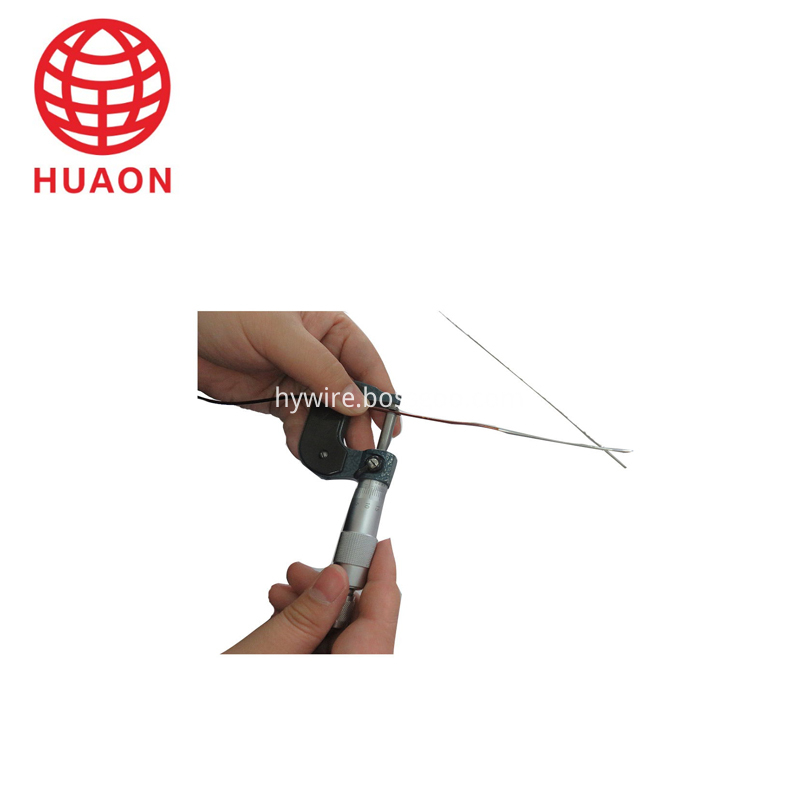In today's fast-paced world, who hasn't filled their shopping cart with a few favorite items? The "Double Eleven" shopping festival is the day when many people finally get to unplug and enjoy the deals. For everyday consumers, this day feels more like a holiday, filled with discounts, red envelopes, and coupons. However, for businesses—especially those in the home appliance industry—it's more than just a sale; it's a high-stakes battle where innovation and efficiency can make all the difference.
This article refers to the address: http://
**"Exciting" the "Light" of Change in the Home Appliance Industry**
From traditional offline retail to the rise of e-commerce, from focusing solely on quantity growth to emphasizing quality and sustainability, the home appliance industry is undergoing a major transformation. One of the key drivers of this change is laser technology—a groundbreaking invention of the 20th century alongside atomic energy, semiconductors, and computers. Today, we explore how this advanced technology is reshaping the home appliance sector and bringing about new possibilities.
Laser processing technology uses concentrated laser beams to cut, weld, surface, drill, or micro-machine materials—both metallic and non-metallic. Because it's a non-contact process, it causes minimal damage to the workpiece, offers high precision, low heat-affected zones, and is environmentally friendly. These advantages make it ideal for manufacturing appliances that require lightweight designs and sleek appearances, such as washing machines, refrigerators, and air conditioners. It's also widely used in plastic parts for drilling, cutting, and marking.
**Laser Marking: A Game Changer**
Traditionally, household appliances used materials like PET or PVC for labeling, which required manual application. This method was inefficient, prone to errors, and consumed a lot of resources. By switching to laser marking, manufacturers can automate the process, significantly improving efficiency, reducing costs, and minimizing environmental impact. Companies like Midea have already adopted laser marking technologies, leading to a more sustainable and efficient production line. Other top brands such as Haier, TCL, and AUX are following suit, integrating laser solutions into their white goods production.
**Laser Cutting: Precision Meets Efficiency**
Laser cutting is a high-speed, high-precision method that focuses energy into a small area to cut materials without physical contact. Compared to traditional shearing techniques, it offers better accuracy, lower surface roughness, and higher material utilization. In the home appliance industry, where sheet metal components make up nearly 30% of all parts, laser cutting provides a superior alternative to outdated methods. It eliminates the need for molds, reduces labor intensity, and improves product quality. Applications range from cutting metal fittings to creating cooling stencils in refrigerators and blades for juicers.
**Laser Welding: Smoother, Stronger, More Efficient**
In the past, welding in home appliances relied on methods like argon arc welding, which often resulted in uneven surfaces and increased post-processing needs. Laser welding, however, produces smooth, flat joints with minimal thermal deformation. Haier was one of the first to adopt laser seamless welding in its crystal drum washing machines, achieving a dramatic improvement in precision and strength. This advancement has allowed for higher-speed motors and better performance, setting a new standard in the industry.
With "smart" and "high-end" becoming the focus of the home appliance industry's evolution, laser technology is playing an increasingly vital role. While its current adoption rate is still relatively low, it's gaining widespread recognition among manufacturers. As more companies embrace this technology, the future looks bright for the home appliance industry. The potential for growth, innovation, and market expansion is immense, and laser technology is set to become a cornerstone of smart, efficient, and sustainable manufacturing.
EIW/A Enameled Aluminium Wire
SWG enameled aluminum round wire for household appliance heat sink, Polyimide enameled round aluminium wire, class 220. Package: 250*500/250*400/250*600 wooden spool.

|
Product Name
|
Enameled aluminium wire EIW/A 1.20-3.00,CLASS C-220
|
|
Material
|
Aluminium
|
|
Type
|
EIW/A
|
|
Themal class
|
calss C -220
|
|
Country of origin
|
China(Mainland)
|
|
Used
|
motor,transformer,rectifier and such
|
Aluminum Winding Wire,Eiw/A Enameled Aluminium Wire,Reasonable Price Enameled Aluminum Wire,Enameled Winding Wire Pew
HENAN HUAYANG ELECTRICAL TECHNOLOGY GROUP CO.,LTD , https://www.huaonwire.com
